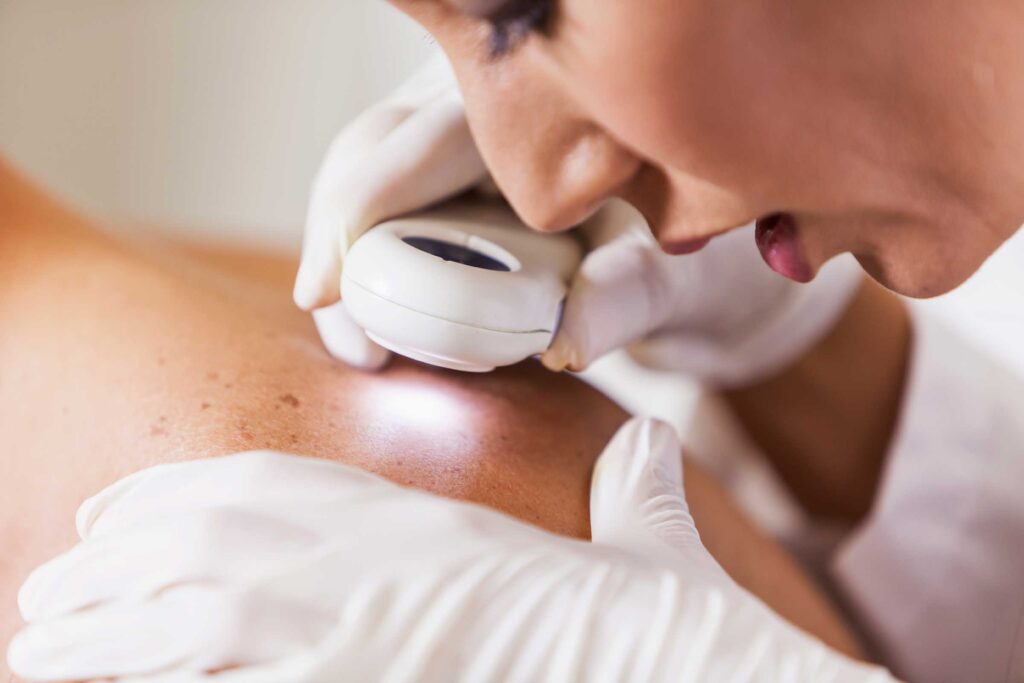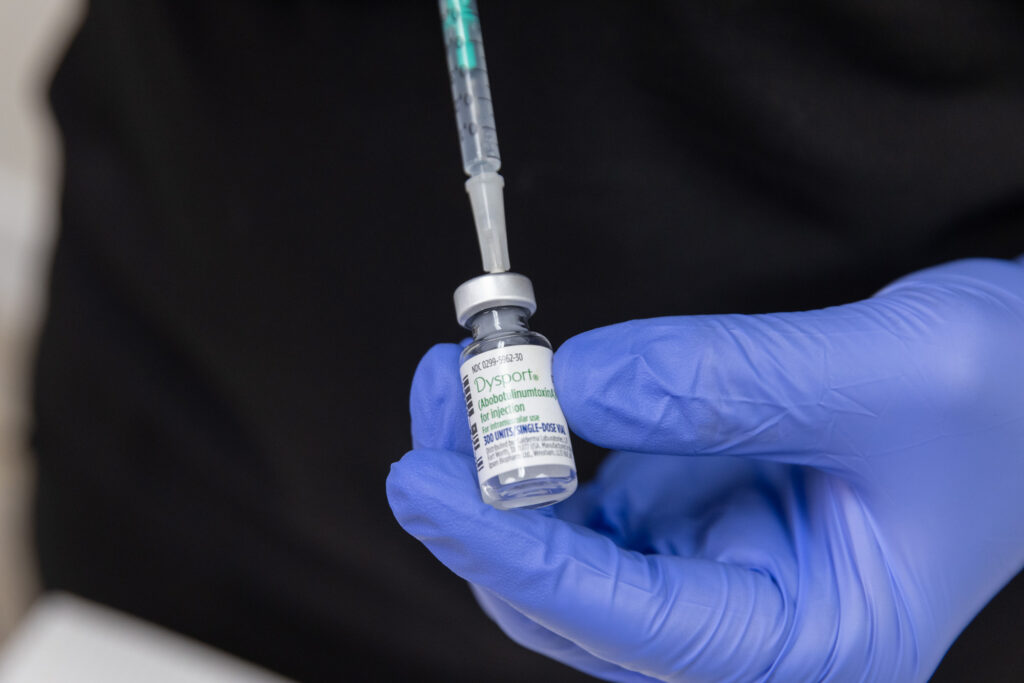
You may have heard about the three most common types of skin cancer: basal cell carcinoma, squamous cell carcinoma, and melanoma. A lesser-known form of skin cancer called Merkel cell carcinoma has been steadily increasing in number over the last few decades. Since the 1990s, the number of diagnosed cases has increased by 5% to 10% per year.

Exposure to ultraviolet light is the most common cause of Merkel cell carcinoma. However, recent advancements have identified a type of virus in the skin sample of many patients.
Merkel cell carcinoma is more deadly than melanoma, with approximately 1/3 of all diagnosed patients dying from the disease. It most often occurs in the elderly or those with a weakened immune system. It appears as a rapidly growing, non painful red nodule that can quickly metastasize. The most common location is on the head or neck, but it can occur anywhere on the skin.
A skin biopsy can confirm the diagnosis. Your physician may order additional tests to ensure that cancer has not metastasized.
Treatment can involve a combination of surgical, radiation, and chemotherapy treatments. In the last few years, the FDA has approved new immunotherapy medications to treat Merkel cell carcinoma. There are many ongoing clinical trials to identify future treatments.
When skin cancers are caught earlier, there is a better prognosis and improved treatment outcomes. Get a skin cancer screening with a full-body skin exam performed by a board-certified dermatologist.


